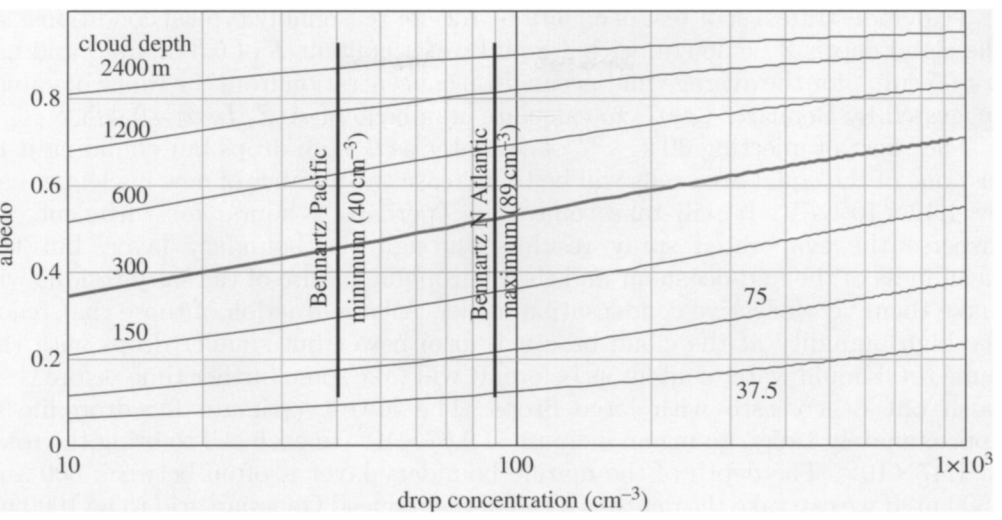However, the main problem of SRM techniques is that they do not address the problem of the excess of CO2 and everything this brings: e.g. ocean acidification. We discussed the problem of ocean acidification in a past post.
CDR techniques aim to reduce the amount of CO2 in the atmosphere. Currently, more than 25% of the CO2 emitted by us is absorbed by the oceans. If we could make this percentage higher than 100%, then we would be reducing the amount of CO2 in the atmosphere.
One big consumer of CO2 in the ocean is phytoplankton. Phytoplankton in the upper layer of the oceans use the CO2 dissolved in water for photosynthesis. This CO2 is then dragged to the bottom of the ocean by gravity in the form of dead algae or other waste from the corresponding food chain. Afterwards, this waste is used as food by bacteria or other beings at the bottom of the sea, and they release the CO2 by respiration to the deep water in the ocean. This is a simplification of the process called biological pump, process in charge of sending CO2 from the upper ocean layer to the bottom layer of the ocean.
The thought now is, if there were more algae in the ocean, the biological pump would accelerate consuming more CO2 from the upper ocean, and therefore from the atmosphere, presumably. In order to increase the population of algae, one has to study its limitant factor. The proportion needed is 106C:16N:1P:0.0001Fe (Sarmiento et al, 2004), so the most effective way would be fertilising the ocean through the addition of iron. A lot of experiments have been made to see if this addition would actually make the algae population bloom (Martin et al, 1994), all having very positive results at first, but this bloom was usually controlled by other limitant factors, zooplankton, or other marine factor trying to regain an equilibrium to its previous state. There are some regions, however, like the southern ocean (Shepherd et al, 2009), where the limitant factor is known to be iron and ocean fertilisation through iron would be most effective there. Therefore, iron fertilisation in the southern ocean war further studied by Buesseler et at, 2004. The results are shown in the diagram below.
 |
| Shows the flow of CO2 in and out in the first 50m of water and after the 100m before and after using the iron fertilization technique. Source: Buesseler et at, 2004 |
However, many side effects are yet unkown. These are thought to include large effects in marine ecosystem, or even changes in other dynamics that could lead to severe climatic problems (Lawrence, 2002), and changes in the ocean circulation due to changes in the sea surface temperature or salinity. Also, other chemicals assosiated with this procedure are thought to damage the ozone in the stratosphere and lower stratosphere, therefore increasing the damages made to the ozone layer (Solomon et al, 1994).
 |
| A phytoplankton bloom in Argentina's coast as seen from space. Source: Wikipedia. |
Aditionally some side effects that could be either good or bad are the following. This procedure could lead to a neutralization of ocean acidification (Cao and Caldeira, 2010) in the surface water of the ocean, but it will surely further acidify the deep ocean (because it is pumping more CO2 to the deep ocean). Furthermore, the procedure is known to produce CH3Cl, CH3Br, and CH3I, which act as Cloud Condensation Nuclei (CCN) (Lawrence, 2002), (see previous post).
Something worth mentioning is that this process, just as the stratospheric injections, is made naturally sometimes in extreme events as discussed in a volcanic eruption by Achterberg et al, 2013.




































